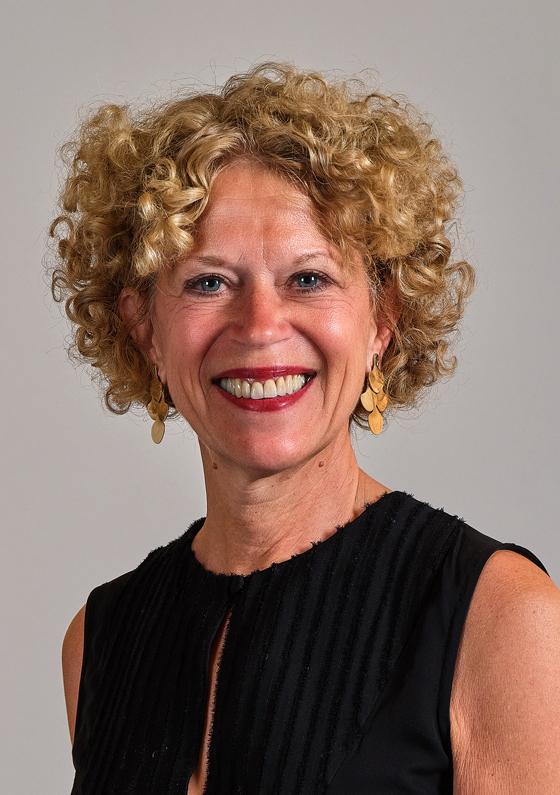Frank Stella

(born Malden, MA in 1936) Etymology (Q 10) from the Moby Dick series, 1990, aluminium and steel, 235 x 247 x 210 cm, (PS)
Photographic expertise issued by the artist
Provenance:
Dusan Gallery, Seoul
Private Collection, Berlin
Exhibited:
Kunstmuseum Wolfsburg, Frank Stella, Die Retrospektive. Werke 1958–2012, 8.9.2012–20.1.2013
Literature:
Robert K. Wallace, Frank Stella’s Moby-Dick Series: Words and Shapes, Michigan 2000, ill. p. 132
RES World Art, Art World, Istanbul 2012, p. 133 (full page ill.) Exhibition catalogue Kunstmuseum Wolfsburg Frank Stella, Die Retrospektive, Werke 1958–2012, Ostfildern 2012, p.291, no. ill.
Frank Stella began his Moby Dick series 1985, completing the series 1997 by illustrating all 135 chapters of Herman Melville’s novel, of which nine titles are constructed in the form of large, free-standing sculptures. Etymology is named after the preface to the novel which primarily serves to define the word “whale”. According to Melville, this means “named for his roundness” and is found in thirteen languages. Frank Stella uses this explanation of the word’s origin to realise his very explosive and abstract figures. He lends the huge sea-mammal no actual shape; instead he presents to the viewer a sense of the animal’s size and girth. “Stella’s Etymology is abstract but it is not flat. Shining in bright aluminium, it sits squarely on the floor, declaring its multisided presence. This Q construction was one of the first Moby Dick pieces to take Stella off the wall.” The viewer can associate the coarse meshed honeycomb construction of the one side with the enormous mouth of the whale and its countless teeth and villi, other views are dominated by smooth aluminium. Thanks to its otherness and the funnel-shaped, curved form, the central honeycomb creates a second textural space which pulls the observer into the inside of the figure, like the huge maw of the whale. “No single slide or photograph can capture its essential appearance, just as no single word or language can capture the essential whale.” (Wallace, p. 132)
Specialist: Dr. Petra Maria Schäpers
 Dr. Petra Maria Schäpers
Dr. Petra Maria Schäpers
+49 211 2107747
petra.schaepers@dorotheum.de
16.05.2013 - 19:00
- Realized price: **
-
EUR 244,300.-
- Estimate:
-
EUR 200,000.- to EUR 250,000.-
Frank Stella
(born Malden, MA in 1936) Etymology (Q 10) from the Moby Dick series, 1990, aluminium and steel, 235 x 247 x 210 cm, (PS)
Photographic expertise issued by the artist
Provenance:
Dusan Gallery, Seoul
Private Collection, Berlin
Exhibited:
Kunstmuseum Wolfsburg, Frank Stella, Die Retrospektive. Werke 1958–2012, 8.9.2012–20.1.2013
Literature:
Robert K. Wallace, Frank Stella’s Moby-Dick Series: Words and Shapes, Michigan 2000, ill. p. 132
RES World Art, Art World, Istanbul 2012, p. 133 (full page ill.) Exhibition catalogue Kunstmuseum Wolfsburg Frank Stella, Die Retrospektive, Werke 1958–2012, Ostfildern 2012, p.291, no. ill.
Frank Stella began his Moby Dick series 1985, completing the series 1997 by illustrating all 135 chapters of Herman Melville’s novel, of which nine titles are constructed in the form of large, free-standing sculptures. Etymology is named after the preface to the novel which primarily serves to define the word “whale”. According to Melville, this means “named for his roundness” and is found in thirteen languages. Frank Stella uses this explanation of the word’s origin to realise his very explosive and abstract figures. He lends the huge sea-mammal no actual shape; instead he presents to the viewer a sense of the animal’s size and girth. “Stella’s Etymology is abstract but it is not flat. Shining in bright aluminium, it sits squarely on the floor, declaring its multisided presence. This Q construction was one of the first Moby Dick pieces to take Stella off the wall.” The viewer can associate the coarse meshed honeycomb construction of the one side with the enormous mouth of the whale and its countless teeth and villi, other views are dominated by smooth aluminium. Thanks to its otherness and the funnel-shaped, curved form, the central honeycomb creates a second textural space which pulls the observer into the inside of the figure, like the huge maw of the whale. “No single slide or photograph can capture its essential appearance, just as no single word or language can capture the essential whale.” (Wallace, p. 132)
Specialist: Dr. Petra Maria Schäpers
 Dr. Petra Maria Schäpers
Dr. Petra Maria Schäpers
+49 211 2107747
petra.schaepers@dorotheum.de
|
Buyers hotline
Mon.-Fri.: 10.00am - 5.00pm
kundendienst@dorotheum.at +43 1 515 60 200 |
| Auction: | Contemporary Art |
| Auction type: | Saleroom auction |
| Date: | 16.05.2013 - 19:00 |
| Location: | Vienna | Palais Dorotheum |
| Exhibition: | 04.05. - 16.05.2013 |
** Purchase price incl. buyer's premium and VAT
It is not possible to turn in online buying orders anymore. The auction is in preparation or has been executed already.
